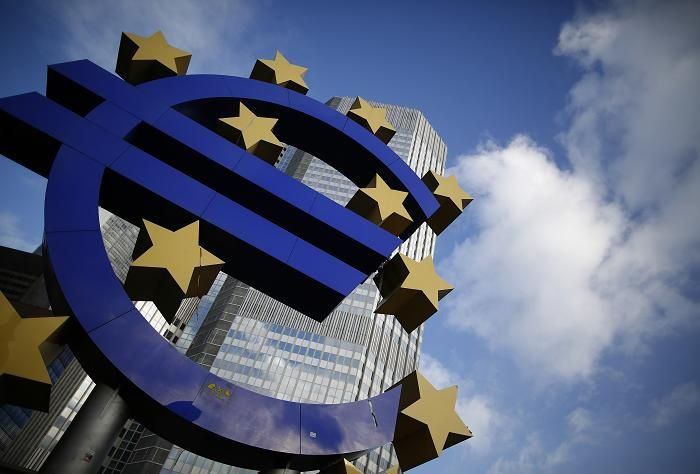EU Finance Ministers Agree To Guidelines For Euro Rescue Fund, Or ESM, Including ‘Bail-In’ Requirements That Would Tap Shareholders, Large Depositors When Banks Seek Help

European Union finance ministers agreed to “strict eligibility criteria” for injecting capital into struggling euro zone banks through the European Stability Mechanism (ESM), an important step toward stabilizing troubled banks in the euro zone’s path to recovery from its sovereign debt struggles.
The new guidelines, agreed upon Thursday, include minimum capital requirements for banks seeking help from the ESM and limiting the amount of cash devoted to direct bank recapitalization to 60 billion euros ($79 billion) from the ESM’s 500 billion euro fund.
“An appropriate level of bail-in will be applied before the bank is recapitalized by the ESM in line with EU state aid rules,” the Eurogroup said in a statement outlining the new rules. Bail-in refers to the share of capital that stockholders and large depositors would have to contribute to banks seeking help from the euro zone fund. The first “bail in” was conducted during the Cyprus rescue, in which wealthier depositors had levies imposed on their accounts.
And if a struggling bank’s capital buffer -- the amount of cash it has in reserve -- falls below 4.5 percent, it will be forced to rely on help from its national government rather than the region-wide rescue fund.
“This instrument will help preserve the stability of the euro area and help remove the risk of contagion from the financial sector to the sovereign, thus weakening the vicious circle between banks and sovereigns,” said Eurogroup President Jeroen Dijsselbloem, in announcing the guidelines.
Germany, Europe’s economic powerhouse, has opposed bank bailouts that rely exclusively on euro zone funding. It has wanted the pain to be shared by national governments -- and in some cases by clients and shareholders of the struggling banks.
© Copyright IBTimes 2025. All rights reserved.






















